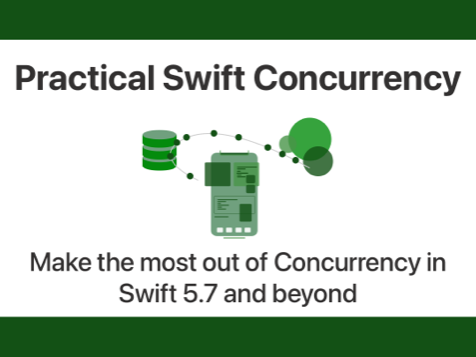As we work on projects, we usually add more code than we remove. At least that’s how things are at the beginning of our project. While our project grows, the needs of the codebase change, and we start refactoring things. One thing that’s often quite hard to get exactly right when coding is the kinds […]
Read post
Subscribe to my newsletter and never miss a post
Recent articles
Jump to a random postHaving a local git repository is a smart thing to do. It’s even smarter to push your local git repositories up to a remote server so that you can collaborate with others, clone your repository on a separate machine, or have a backup of your code in case you’re replacing your current development machine with […]
Read postGit is great, and when it works well it can be a breeze to work with. You push , pull, commit, branch, merge, but then… you get into a merge conflict, In this post, we’ll explore merge conflicts. We’ll look at why they happen, and what we can do to avoid running into merge conflicts […]
Read postI’ll just say this right off the bat. There’s no such thing as git “for iOS Developers”. However, as iOS Developers we do make use of git. And that means that it makes a lot of sense to understand git, what it is, what it’s not, and most importantly how we can use it effectively […]
Read postIn a previous post, I explained how you can make your NSManagedObject subclasses codable. This was a somewhat tedious process that involves a bunch of manual work. Specifically because the most convenient way I’ve found wasn’t all that convenient. It’s easy to forget to set your managed object context on your decoder’s user info dictionary […]
Read postWIth the introduction of Xcode 15 beta and its corresponding beta OSses (I would say iOS 17 beta, but of course we also get macOS, iPadOS, and other betas…) Apple has introduced new state mangement tools for SwiftUI. One of these new tools is the @Bindable property wrapper. In an earlier post I explained that […]
Read postWith iOS 17, macOS Sonoma and the other OSses from this year’s generation, Apple has made a couple of changes to how we work with data in SwiftUI. Mainly, Apple has introduced a Combine-free version of @ObservableObject and @StateObject which takes the shape of the @Observable macro which is part of a new package called […]
Read postWith Swift 5.9 and Xcode 15, we have the ability to leverage Macros in Swift. Macros can either be written with at @ prefix or with a # prefix, depending on where they’re being used. If you want to see some examples of Macros in Swift, you can take a look at this repository that […]
Read postAs a developer, joining a new project or company is often a daunting and scary task. You have to get aquatinted with not just a whole new team of people, but you also have to familiarize yourself with an entirely new codebase that might use new naming conventions, follows patterns that you’re not familiar with, […]
Read postWhen you just start out with learning Swift Concurrency you’ll find that there are several ways to create new tasks. Roughly speaking, you can make one of three tasks in Swift: Unstructured Tasks Detached Tasks Child Tasks While it’s true that a detached task is also unstructured, in this post I will refer to the […]
Read postExpand your learning with my books

Learn everything you need to know about Swift Concurrency and how you can use it in your projects with Practical Swift Concurrency. It contains:
- Eleven chapters worth of content.
- Sample projects that use the code shown in the chapters.
- Free updates for future iOS versions.
The book is available as a digital download for just $39.99!
Learn more